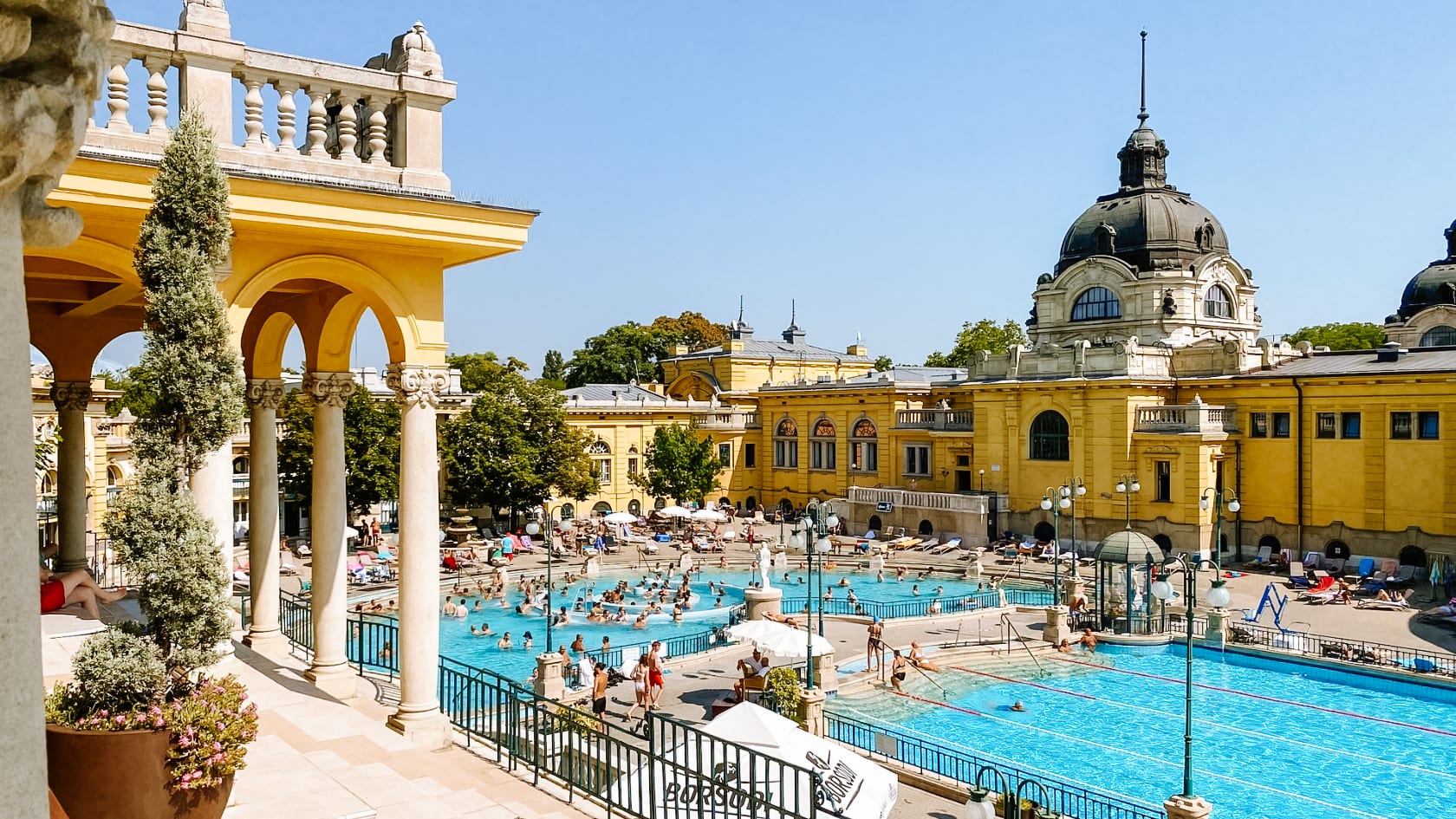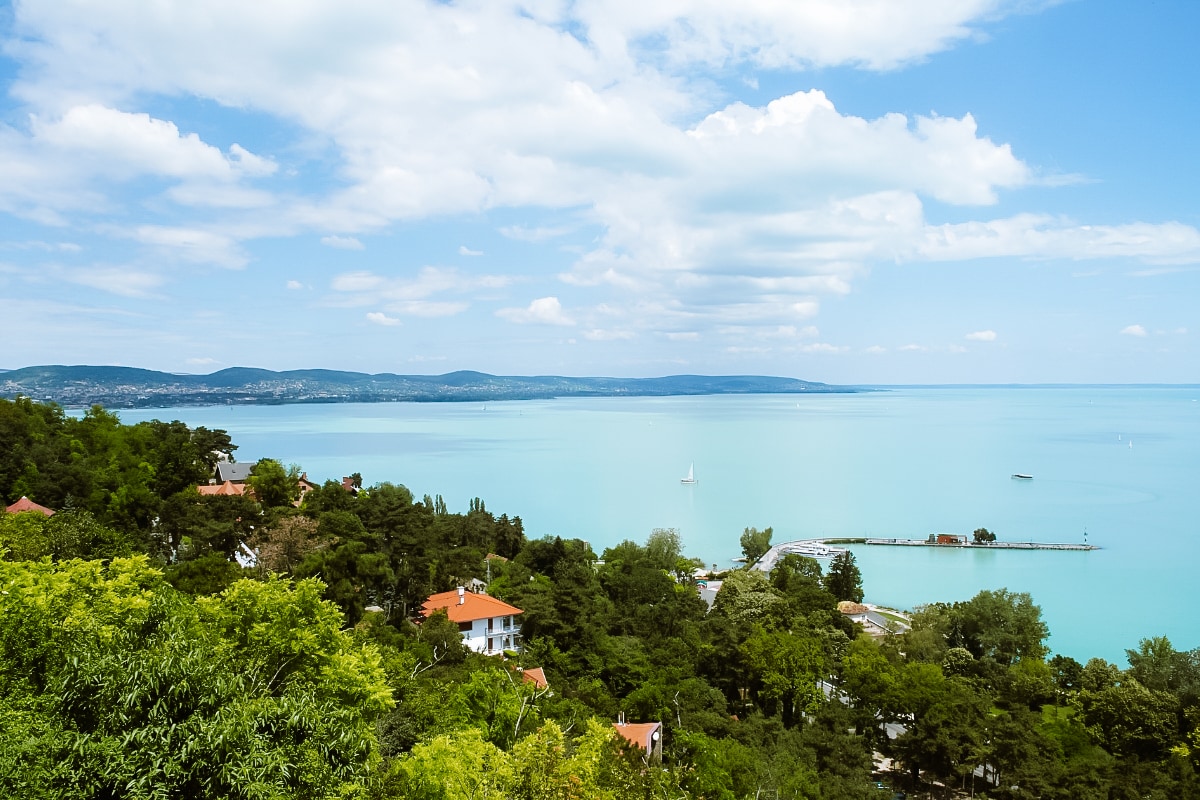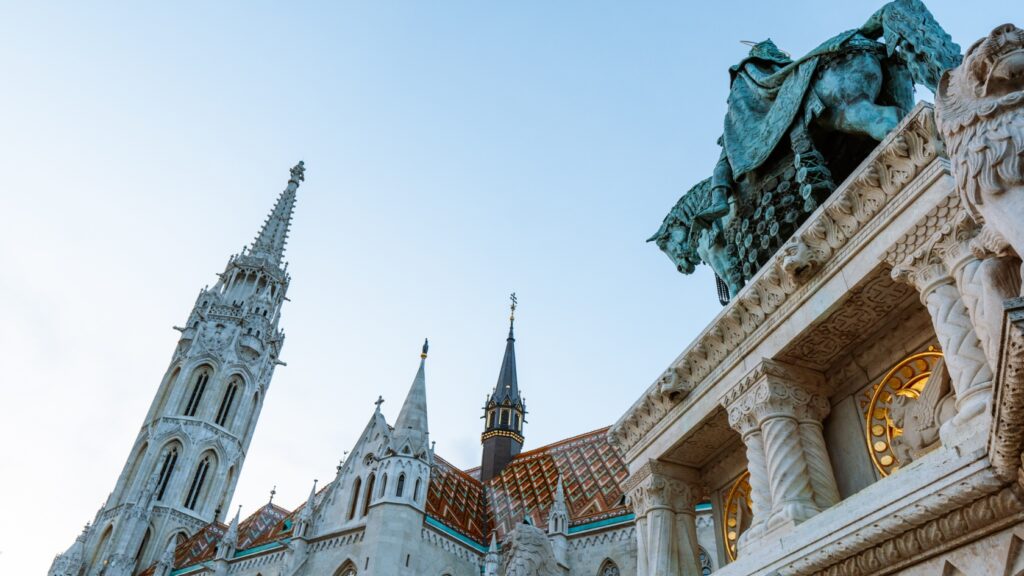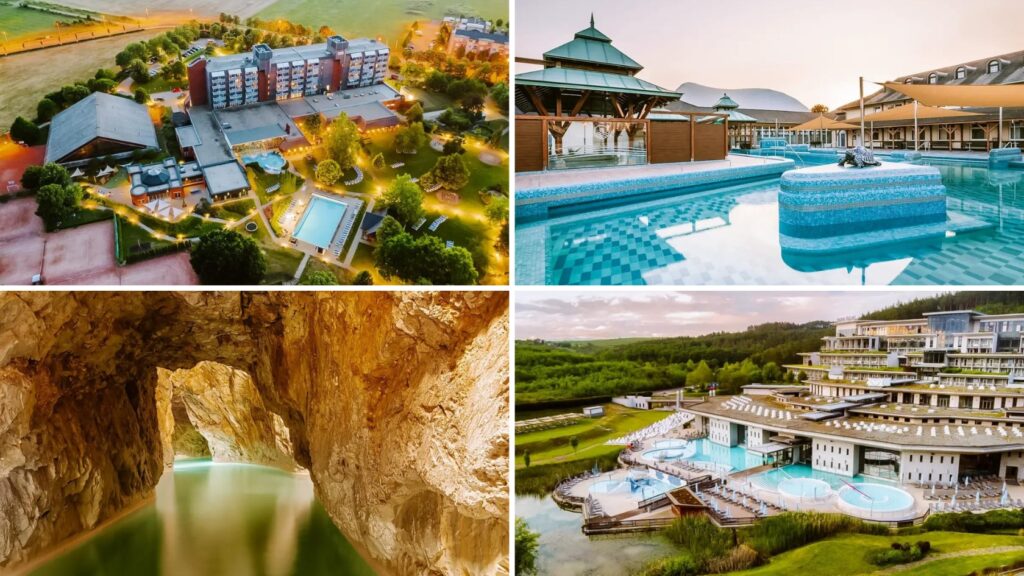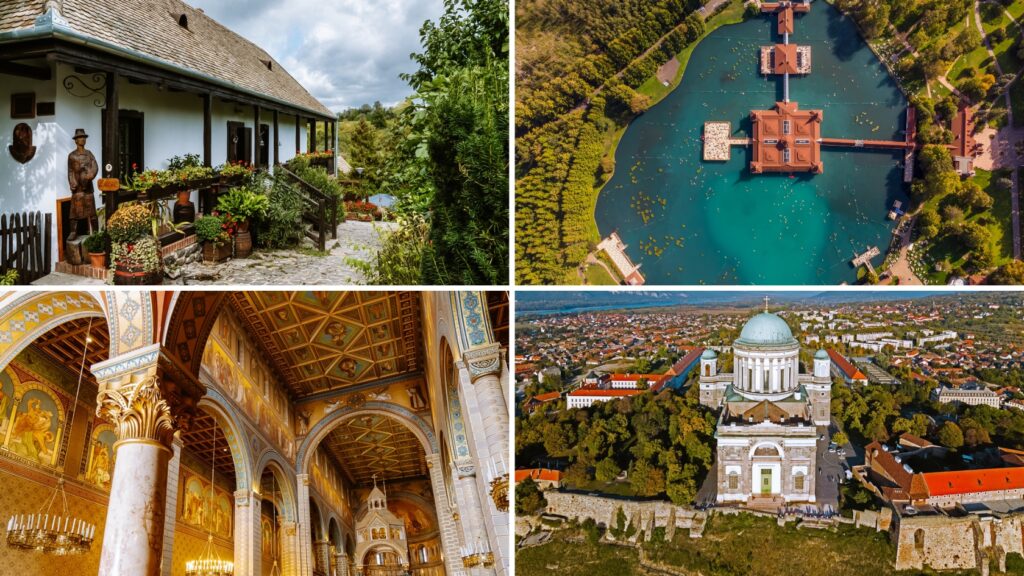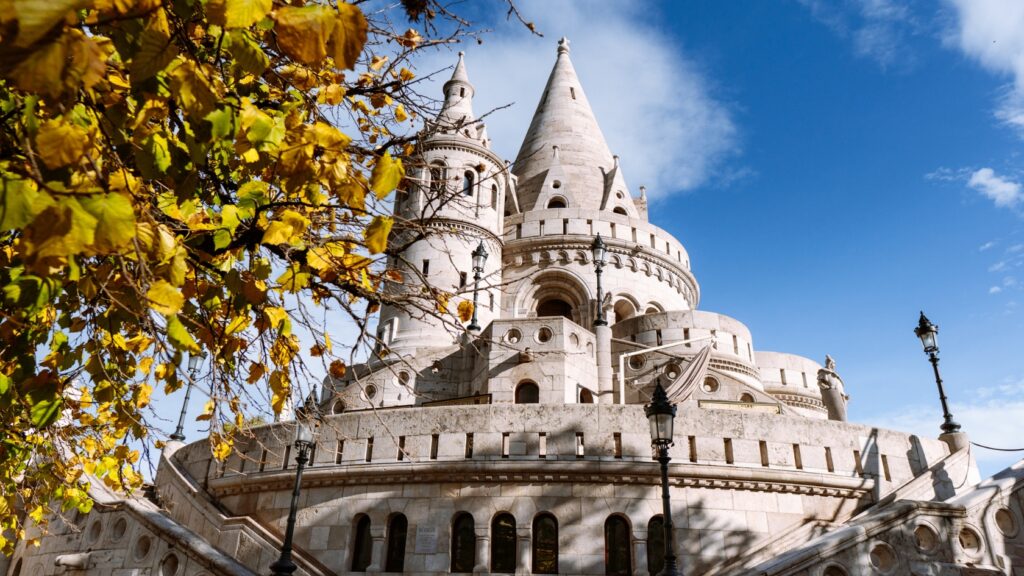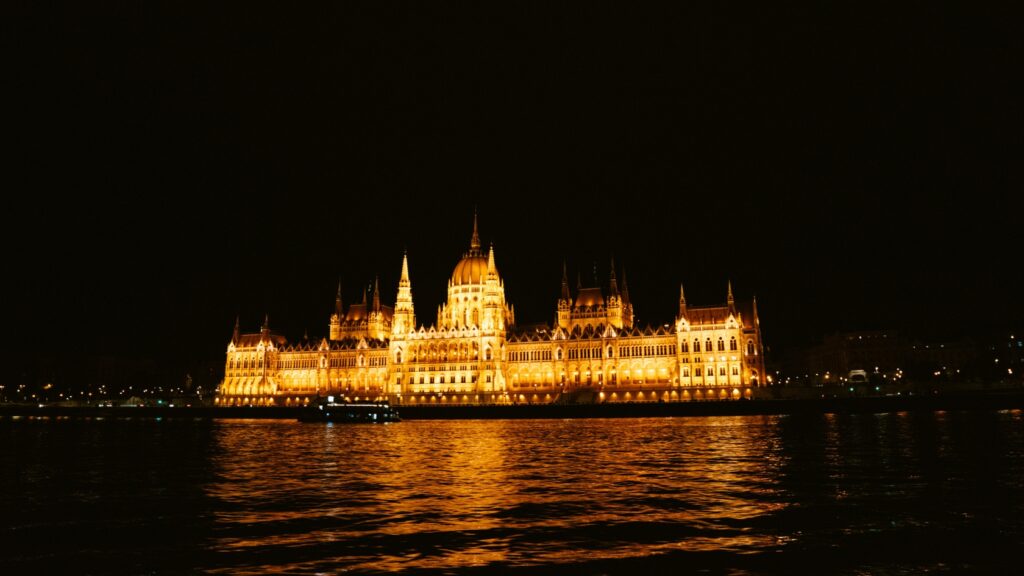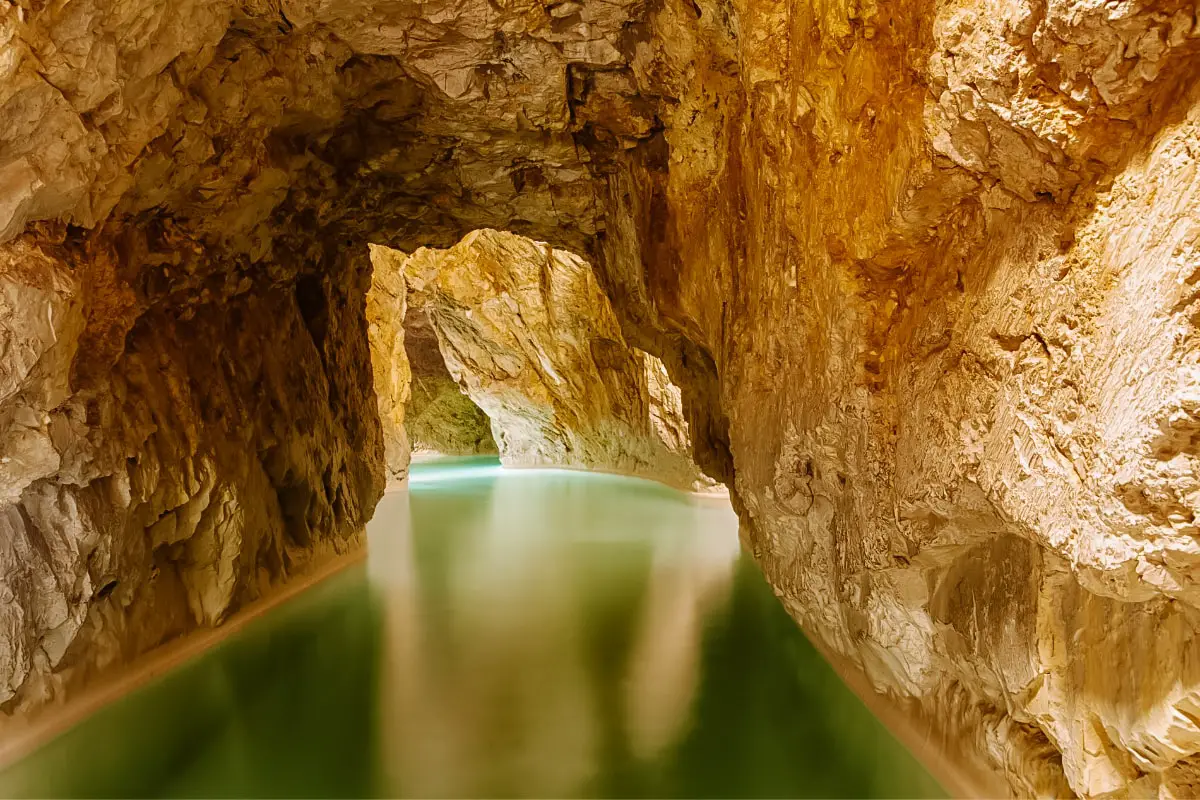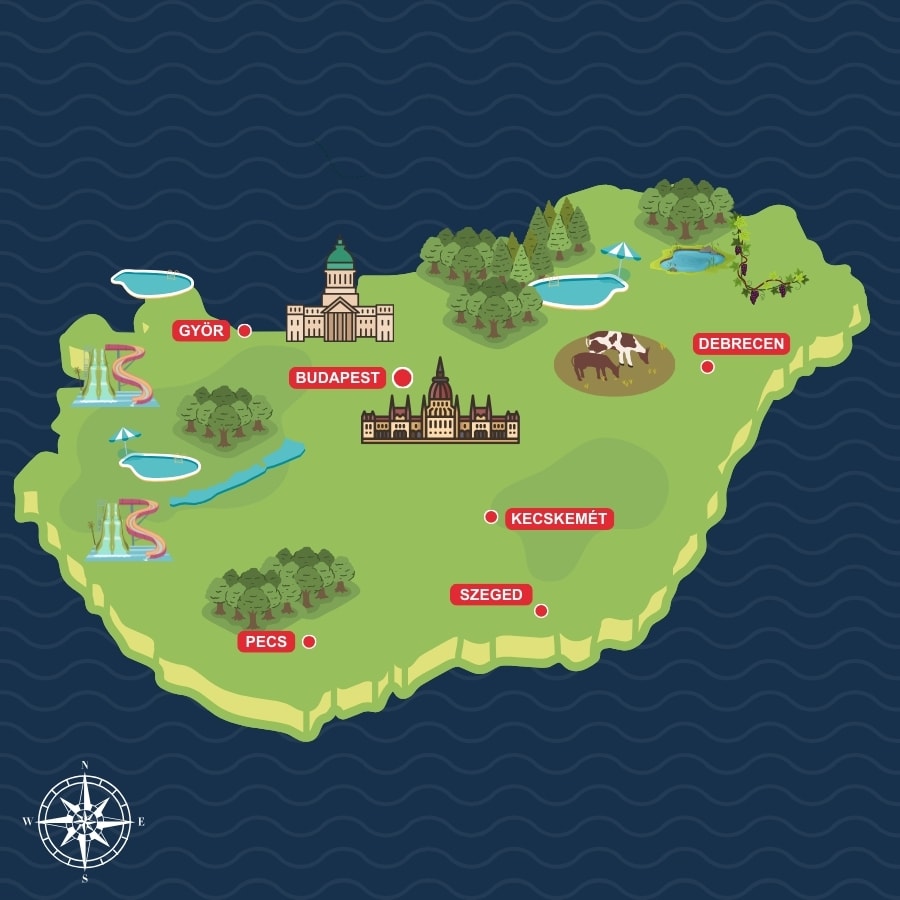TRAVEL GUIDE FOR HUNGARY
Discover Hungary, a country where rich history, unique culture, healing thermal baths and diverse nature come together. From the glittering banks of the Balaton to the picturesque hills of the wine regions.
THE BEST PLACES IN HUNGARY
22 Things to do in Budapest (+ map): Best places to visit
Are you planning a trip to Budapest and wondering what are the best…
9 Best Thermal Baths in Hungary: Where to Visit Thermal Spas in Hungary?
Looking for tips for a wellness weekend or a holiday to a thermal…
22 Things to do in Hungary (+ map): Best places to visit
Hungary, a country with deep historical roots and rich culture, is home to…
BUDAPEST
22 Things to do in Budapest (+ map): Best places to visit
Are you planning a trip to Budapest and wondering what are the best…
Budapest Travel Guide: How to plan perfect trip to Budapest (+ map)
Planning the perfect trip to Budapest? Looking for details and tips? How about…
1 day in Budapest: Perfect itinerary to enjoy the best of Budapest (+ map)
Budapest is one of the most beautiful cities in Europe. From the fabulous…
Where to stay in Budapest: 13 Best hotels in Budapest for every budget (+ map)
Are you planning a visit to Budapest? In this article, we’ll take a…
9 Best Thermal Baths in Hungary: Where to Visit Thermal Spas in Hungary?
Looking for tips for a wellness weekend or a holiday to a thermal…
2 days in Budapest: Best itinerary of what to see in Budapest (+ map)
Planning to spend the weekend in Budapest? Get inspired by this itinerary for…
USEFUL INFORMATION
When to visit Hungary
Hungary is an ideal destination all year round. Here is a brief overview of what you can expect in each season:
Spring (April to June): Spring is the ideal time to visit Hungary. The weather is pleasant, with mild temperatures and a flourishing landscape, ideal for outdoor activities and sightseeing. Budapest and other cities are lively but not overcrowded.
Summer (July to August): Summer is warm and popular among travellers. On the other hand, some places can be crowded and prices are higher.
Autumn (September to October): Similar to spring, autumn offers mild weather and fewer people. It is an excellent time for wine tours, especially in areas such as the Tokaj, and for enjoying the changing colours of nature in the Beech Mountains.
Winter (November to March): Winter is cold, but Hungary has its own charm at this time. Especially if you are planning a visit to a thermal spa. Travelling on a budget? Winter is the best time to visit because accommodation and airfares are at their lowest.
Transport in Hungary
Ferenc Liszt Airport, the main airport for Hungary, is located on the eastern edge of Budapest. The airport is well organised, clear and clean. Here you can find all flights to Budapest .
Bus services to Hungary are mainly provided by RegioJet and Flixbus, which stop in Budapest. The train is another popular option for getting to Budapest. You can choose between RegioJet and České dráhy. Here you will find bus and train connections to Hungary.
Public transport
Budapest has an extensive public transport system, including buses, trams, trolleybuses and a metro. The Budapest metro is even the oldest electrified underground railway system on the European continent.
Other larger cities such as Debrecen, Szeged and Miskolc also have efficient public transport networks, mainly buses and trams.
Hungary has an extensive rail network, with Budapest as its main hub. Hungarian State Railways (MÁV) operates most train services, including domestic and international lines.
The rail network is an efficient way of travelling between major cities and regions and also offers sightseeing routes, such as the route around the Balaton.
Long-distance and regional bus services are a convenient way to get to places not served by trains. Bus services are frequent, relatively cheap and connect smaller towns and rural areas.
The Danube River offers river cruises – scenic cruises in Budapest and along the bend of the Danube.
By car to Hungary
Motorways and main roads in Hungary are in good condition, but some rural roads are less well maintained.
In Hungary, the e-Matrica electronic toll system is used on motorways. You can buy a vignette (vignette) purchase in advance , at border crossings or at petrol stations. The price for 10 days is 5 500 HUF.
Hungary has a zero tolerance policy for alcohol at the wheel. The permitted blood alcohol content limit is 0.00%. The use of dipped-beam headlights is compulsory outside urban areas during the day.
The maximum speed limit on Hungarian motorways is 130 km/h, 90 km/h on roads and 50 km/h in a village.
If you are planning to rent a car locally, you’ll find the largest selection of vehicles at the best prices.
Culture and tradition in Hungary
Hungary is known for its vibrant folk art, including embroidery, pottery and woodcarving. The intricate Hungarian embroideries that are often seen in traditional costumes are characterised by different patterns and colours that vary from region to region.
Traditional Hungarian folk music and dance also play an important role in the country’s identity. Who doesn’t know the lively “csárdás” that you experience at festivals and folk gatherings.
Major holidays in Hungary include the national holiday on 20. August, which symbolizes the founding of the Hungarian state, and 15th March, which commemorates the revolution and the struggle for independence in 1848.
Numerous folk festivals are held throughout the year, celebrating Hungarian traditions, music, dance, crafts and food.
When you think of Hungary, it is the thermal baths that are strongly inscribed in the country’s culture and tradition. This tradition dates back to Roman times and was popularized during the Ottoman era. The most famous are the Széchenyi and Gellért spas in Budapest, but there are other thermal spas across the country.
Hungary’s architecture reflects its complex history, from Roman ruins to Ottoman-era mosques, Gothic and Baroque churches to the Art Nouveau buildings of Budapest.
Hungarians are generally formal and polite. It is customary to greet with a handshake and use titles and surnames until you are asked to use first names.
Typical dishes in Hungary
Hungarian cuisine is known for its rich flavours and hearty dishes, which often include meat, fresh vegetables, fruit and various spices, the most famous of which is paprika. You rarely come across bad cuisine, even in tourist areas the cooking is often very good and well priced.
Here are some of the most typical and popular dishes to try in Hungary:
Goulash (Gulyás): often considered Hungary’s national dish, goulash is a hearty soup or stew made with meat (usually beef), vegetables and flavoured with paprika and other spices.
Pörkölt: Pörkölt is similar to goulash, but thicker, and is a stew flavoured with paprika, onions and other spices. It is often served with noodles or dumplings.
Lángos: Lángos is a popular street food, fried dough, usually with sour cream and grated cheese, garlic or other ingredients.
Töltött Káposzta (stuffed cabbage): cabbage leaves stuffed with a mixture of meat (usually pork), rice and spices, cooked in a salty tomato sauce.
Paprikás Csirke (Chicken paprikash): chicken meat cooked in a creamy paprika sauce, usually served with nokedli (small dumplings).
Halászlé (Fish soup): a spicy fish soup made from river fish with a lot of paprika, typical of the areas near the Danube and Tisza rivers.
Jókai Bean Soup (Jókai Bableves): a rich and hearty bean soup named after the famous Hungarian writer Mór Jókai, containing beans, smoked meat and vegetables.
Székely Gulyás: Stewed pork mixed with sauerkraut and sour cream, another variant of goulash.
Kürtőskalács (chimney cake): a sweet, spiral-shaped pastry that is crisp on the outside and soft on the inside, often coated with sugar, cinnamon or nuts.
Palacsinta: Hungarian pancakes that can be filled with jam, sweet curd or savoury fillings such as meat or mushrooms.
Hungary’s wine regions, such as Tokaj and Eger, produce unique wines, including the famous Tokaji Aszú dessert wine.
☞ See all destinations.
